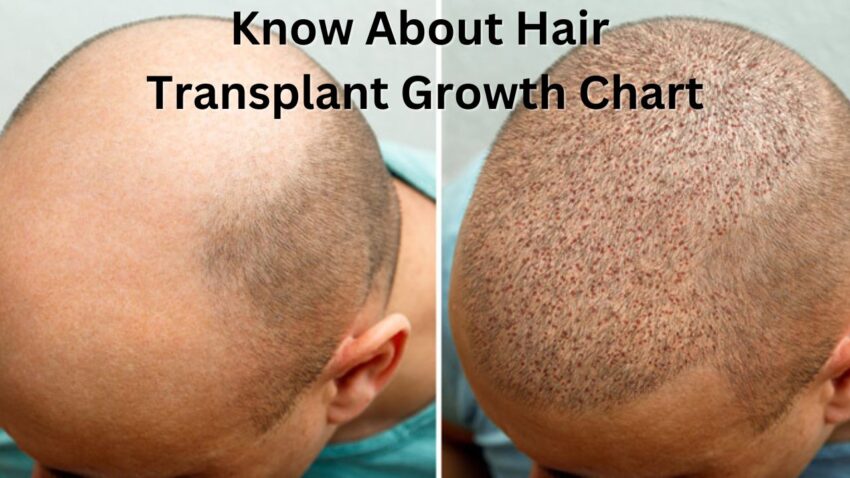A hair transplant growth chart is a helpful tool that tracks the progress of hair growth after a hair transplant procedure. It shows a timeline with different stages and milestones you can expect as your hair grows following the surgery. However, it’s important to remember that everyone’s experience is unique, so the growth chart is a general guide and not an exact prediction. Here’s a simplified version of what you might see on a hair transplant growth chart:
Weeks 1-2: Right after the surgery, the transplanted hair grafts may shed. Actually, this is a normal part of the healing process.
Weeks 2-8: The transplanted hair follicles enter a resting phase called the telogen phase. During this time, you may not notice much visible hair growth, and the transplanted area might look similar to how it was before the transplant.
Months 3-4: New hair growth begins, but the hair that emerges is usually fine and thin. It may look wispy or sparse at this stage.
Months 6-9: Hair growth becomes more noticeable, and the new hair starts to thicken and become stronger. The density gradually improves during this period.
Months 9-12: The transplanted hair continues to grow and mature, becoming thicker and fuller. Overall coverage and density increase, resulting in a more natural appearance.
Year 1 and beyond: By this time, the transplanted hair reaches its full growth potential. You may even notice further improvements in density and texture. It’s crucial to continue following good hair care practices and regular check-ups with your transplant surgeon.
Read: Hair Growth After Quitting Chewing Tobacco
Keep in mind that the timeline and rate of hair growth can vary depending on factors like your unique healing process, genetic factors, and the specific techniques used during the transplant. To get the most accurate information about your own case and expected growth timeline, it’s best to consult with a qualified hair transplant specialist. They will provide personalized guidance based on your situation.
